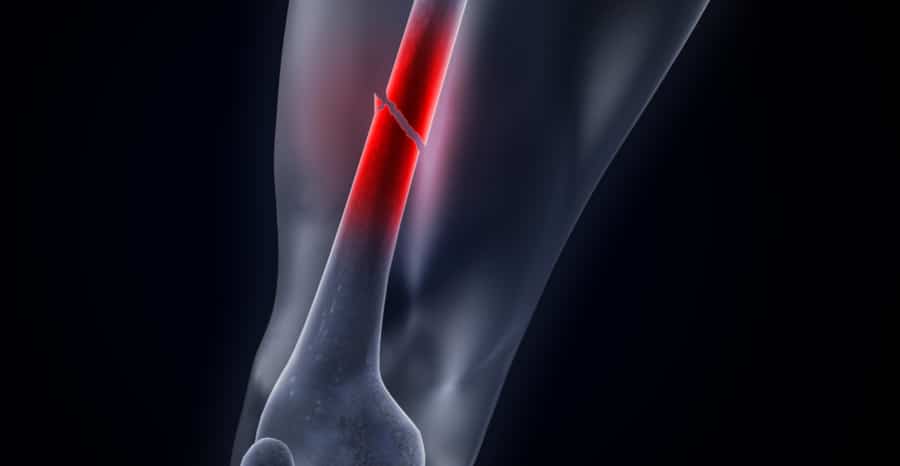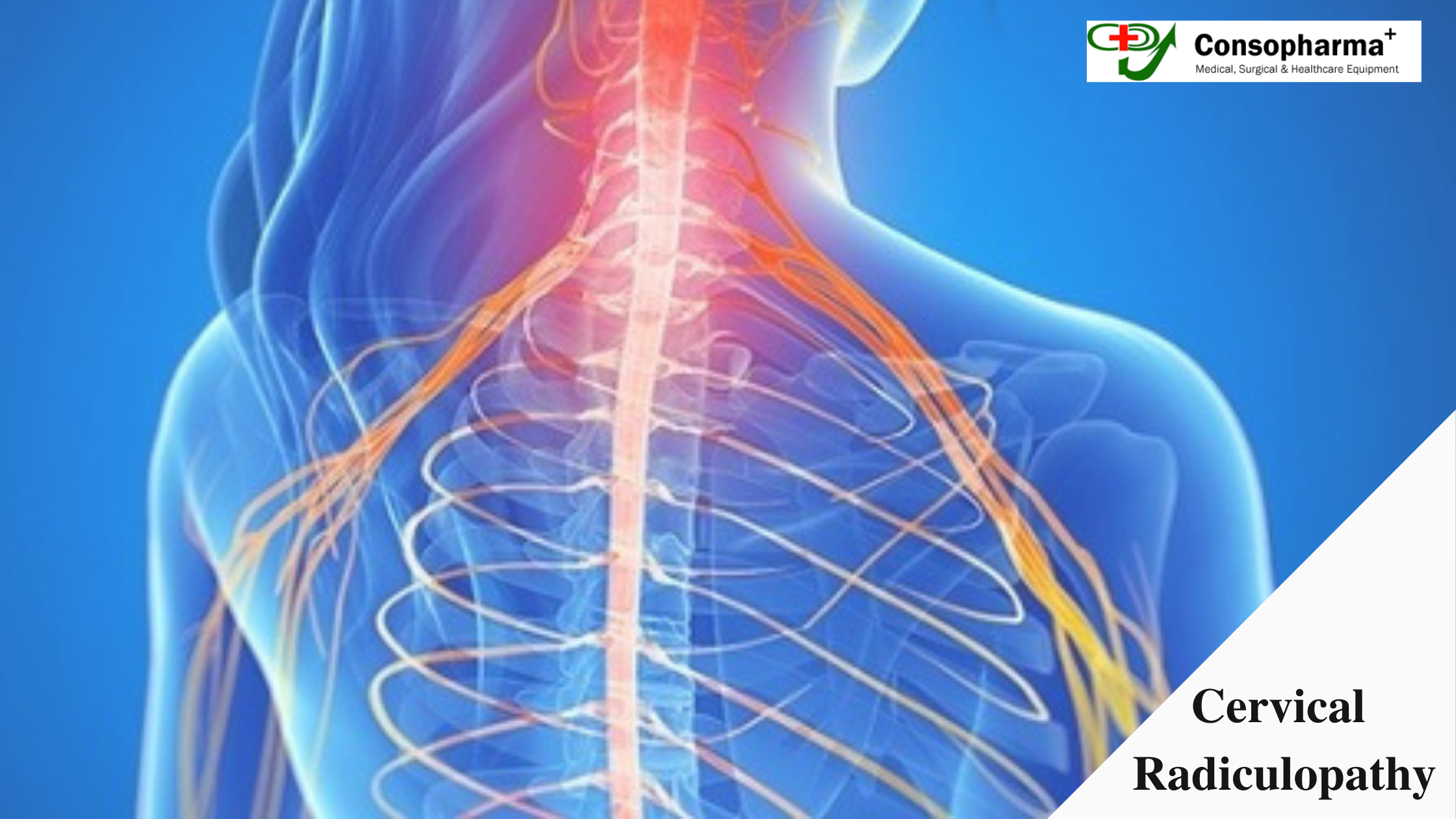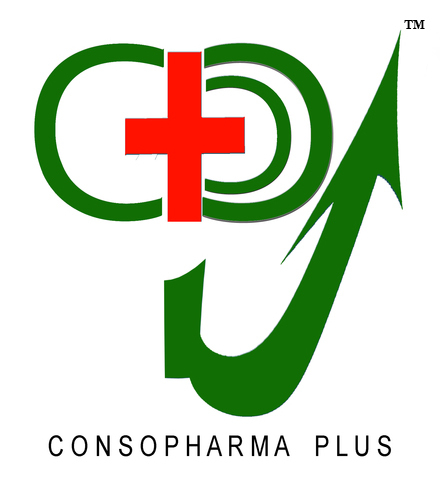Femur Shaft Fracture: Treatment, Recovery, and Complications

Fractures of the femoral shaft are high-energy injuries that are associated with a significant traumatic event such as vehicle accidents, falls from heights, etc. Most of the femoral shaft fractures require surgery to heal. However, young children are treated with a cast. You need to contact a reputed supplier of external fixators who can provide you with all the right kinds of fixators that you require to fix your bones.
TREATMENT
- External fixationMetal pins or screws are used in the case of external fixation as they are placed around the fracture site in the bone. These are supplied by the interlocking nail supplier, and these pins and screws are attached to the bar outside the skin. It is usually a temporary treatment for femur fractures because they are easily applied when the patient has multiple injuries. In some cases, the external fixator is left until the femur is fully healed
- Intramedullary nailingThis method is used by most of the surgeons for treating femoral shaft fractures. And during the procedure, a specially designed metal rod is inserted into the canal of the femur. Intramedullary nails are usually made of titanium, and they come in various lengths and diameters to fit in femur bones
RECOVERY
- Complete healing can take anywhere from 3 months to 6 months. But some patients take a long time especially if the fracture was open or if the patient uses tobacco products.
- The physician often prescribes medications for short-term pain relief after the surgery. Some of the medications may have side effects that can impact your ability to do other activities. So, consult your physician about the side effects.
COMPLICATIONS
There are some of the complications associated with the surgery. Some of them are
- Nerve injury and injury of blood vessels
- Blood clotting
- Fat embolism which can also happen from fracture itself and not because of the surgery
- Malalignment or the inability to position the broken bone fragments correctly
- Delayed union which means the fracture heals slower than usual or not heal at all
- Hardware irritation which can sometimes happen at the end of the nail or the screw. This can cause irritation because of the overlying muscles and tendons
Most of the femur fractures are fixed within 24 to 48 hours, while some of the cases will be delayed, and others can be life-threatening. Therefore, to reduce the risk of the infection, these fractures need to be treated with orthopedic surgical instruments.




